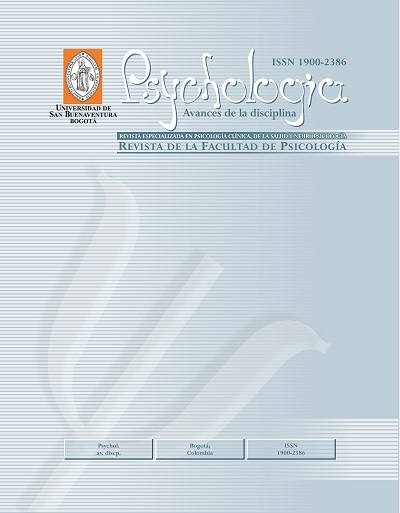This journal provides open, immediate access to its contents, based on the principle that offering the public free access to research helps to promote a higher global exchange of knowledge.
As such, all journal articles are published under a Creative Commons Attribution-NonCommercial-ShareAlike 4.0 International License (CC BY-NC-SA), by which commercial use of the original work or its possible derived works is not allowed, and the distribution thereof must be done with the same license elements regulating the original work.
http://creativecommons.org/licenses/by-nc-sa/4.0/
Abstract
The Cattell-Horn-Carroll (CHC) intelligence model proposes that the cognitive processes that make up intelligence can be conceptualized as specific skills, involved in particular tasks, and general skills, related to a wide variety of contexts. Among the most studied skills under this model is the speed of processing, identified as one of the best predictors of academic performance and general cognitive ability. This article presents the results of the analysis of the relationship between processing speed and general academic performance. A sample of 223 students (53% women) of preschool and primary school was evaluated. The results show a difference in the predictive capacity of the perceptual component (β = .76, p < .001) and conceptual (β = .09; p = .121) of the processing speed in basic academic processes of reading and mathematics, as well as similar adjustments in regression models from their conceptualization as general (R2 = .68) or specific (R2 = .69) ability. The analysis of the grade-to-grade relationship showed changes in the predictive capacity of processing speed over academic skills as the educational process progresses, supporting previously established models in the area (Cai, Li & Deng, 2013; Demetriou, Spanodius & Shayer, 2014). Finally, a model of structural equations (X2 = 1.431, p = .232, CFI = 1.000, TLI = .999, NFI = .999, RFI = .996, RMSEA = .044) was used to prove the adjustment of the proposed models to data.





















